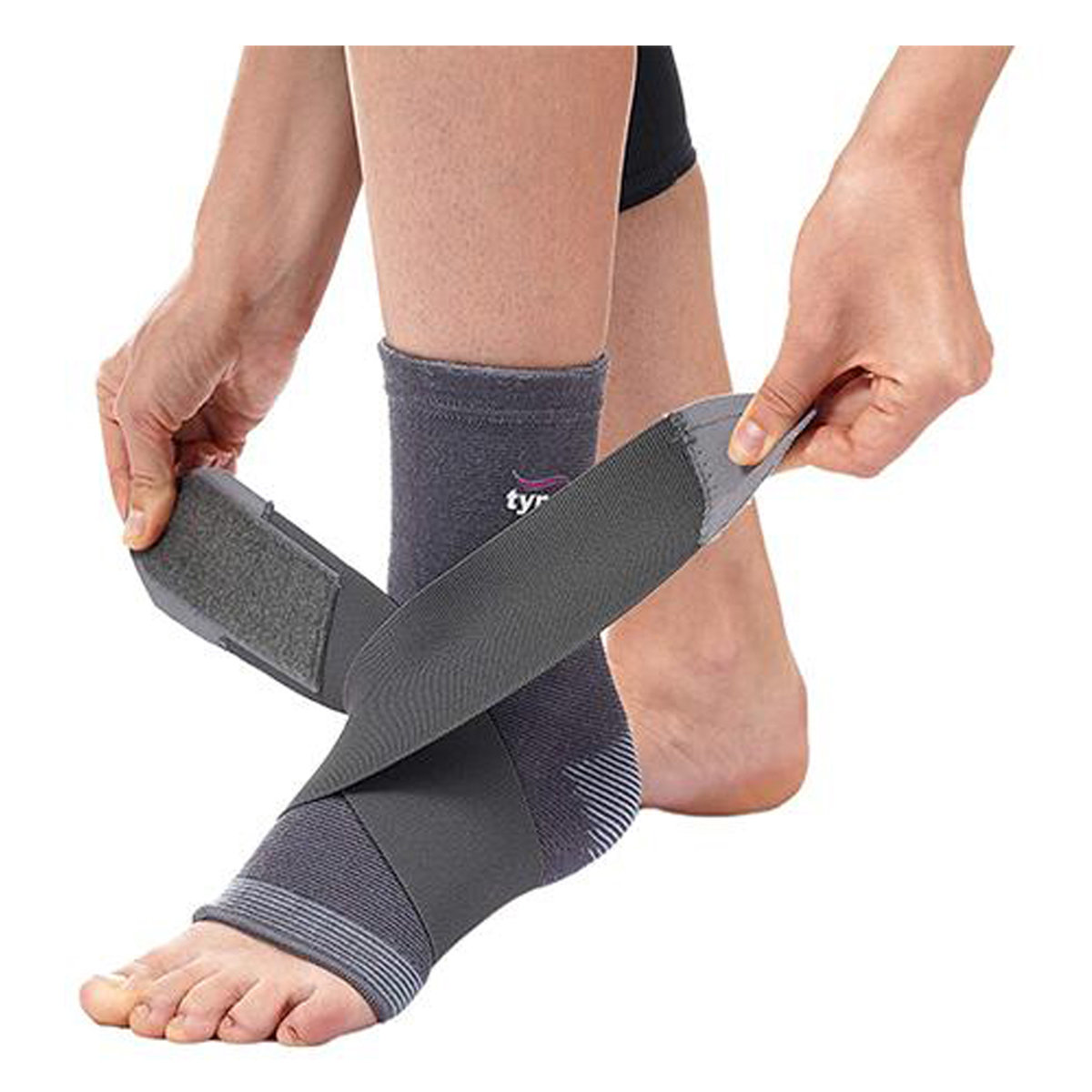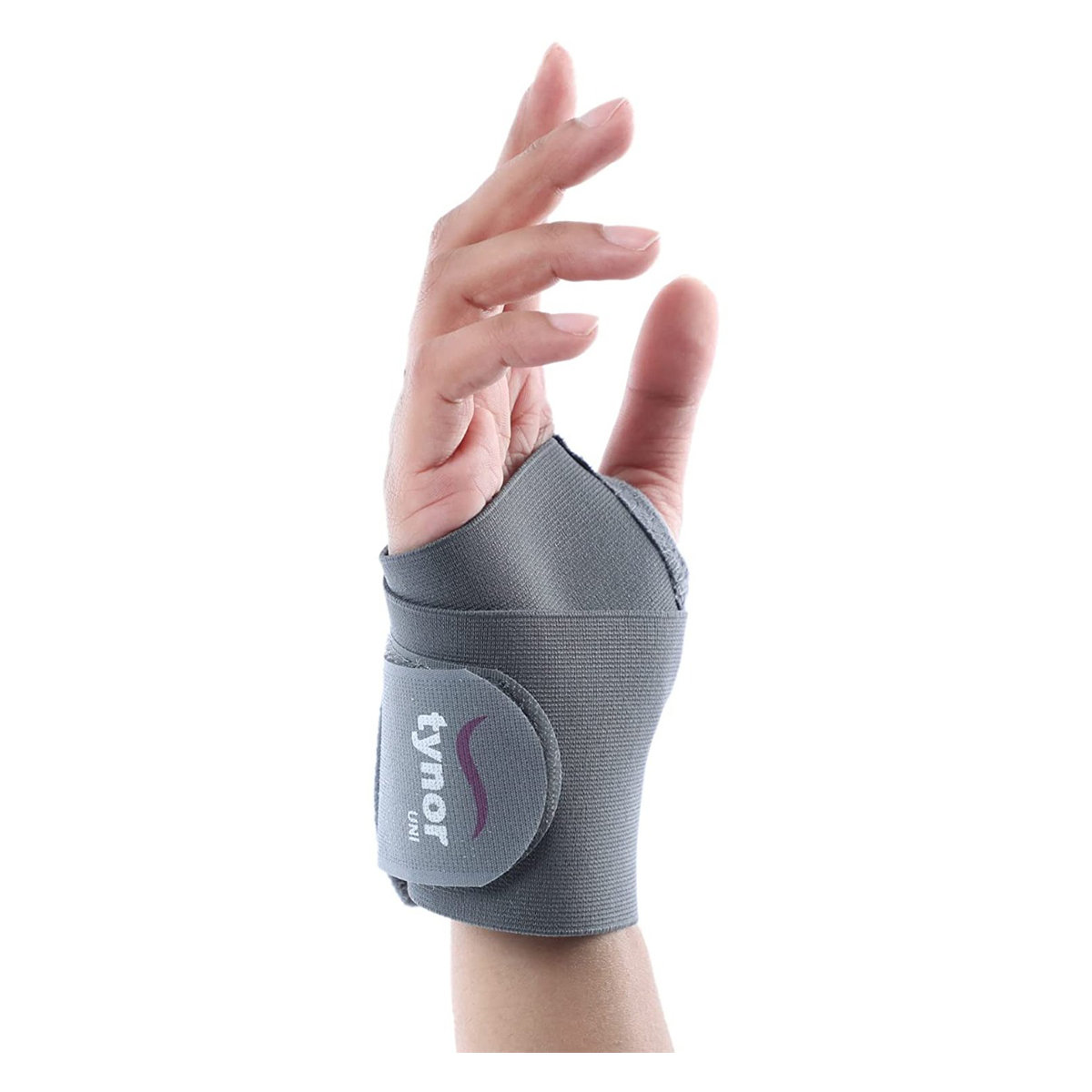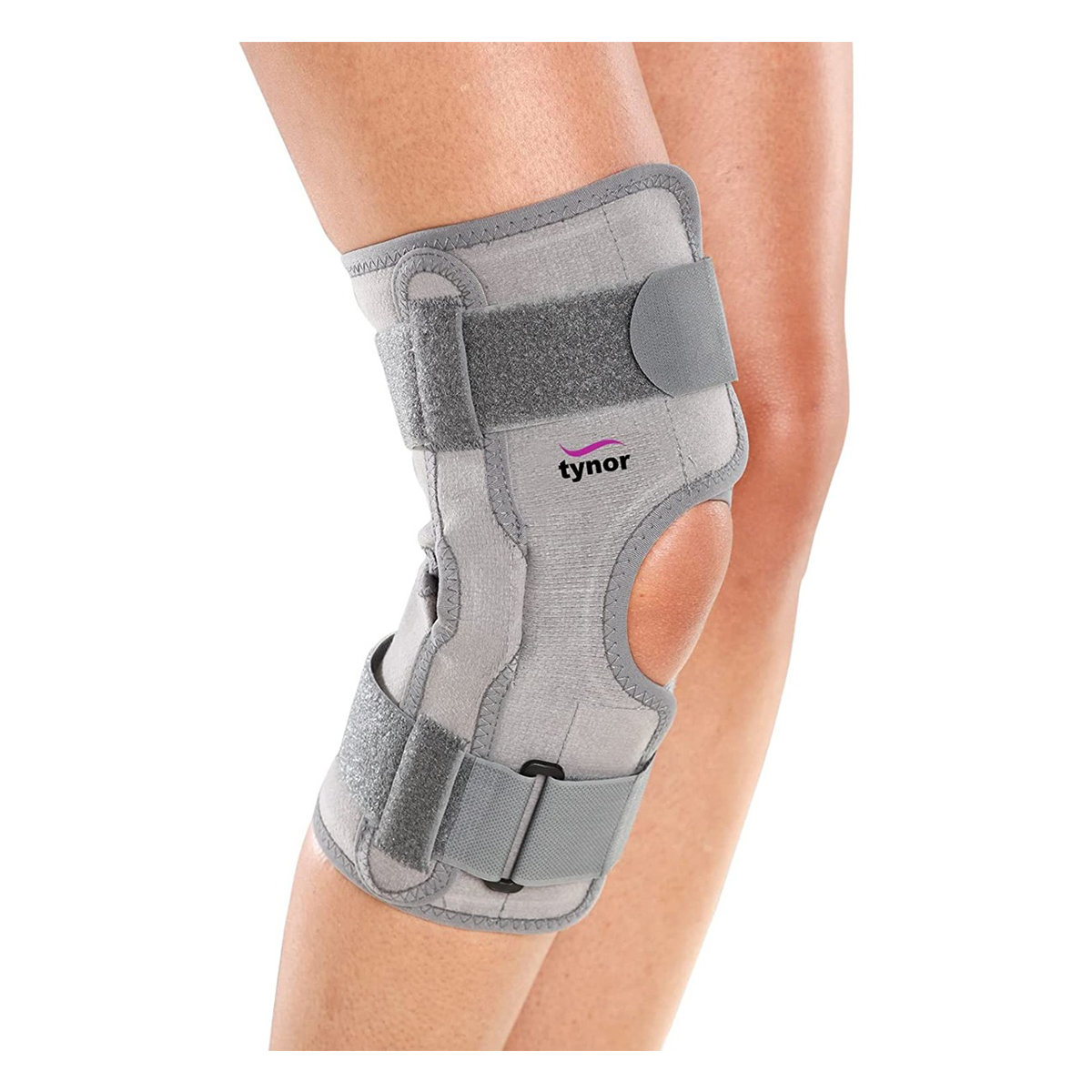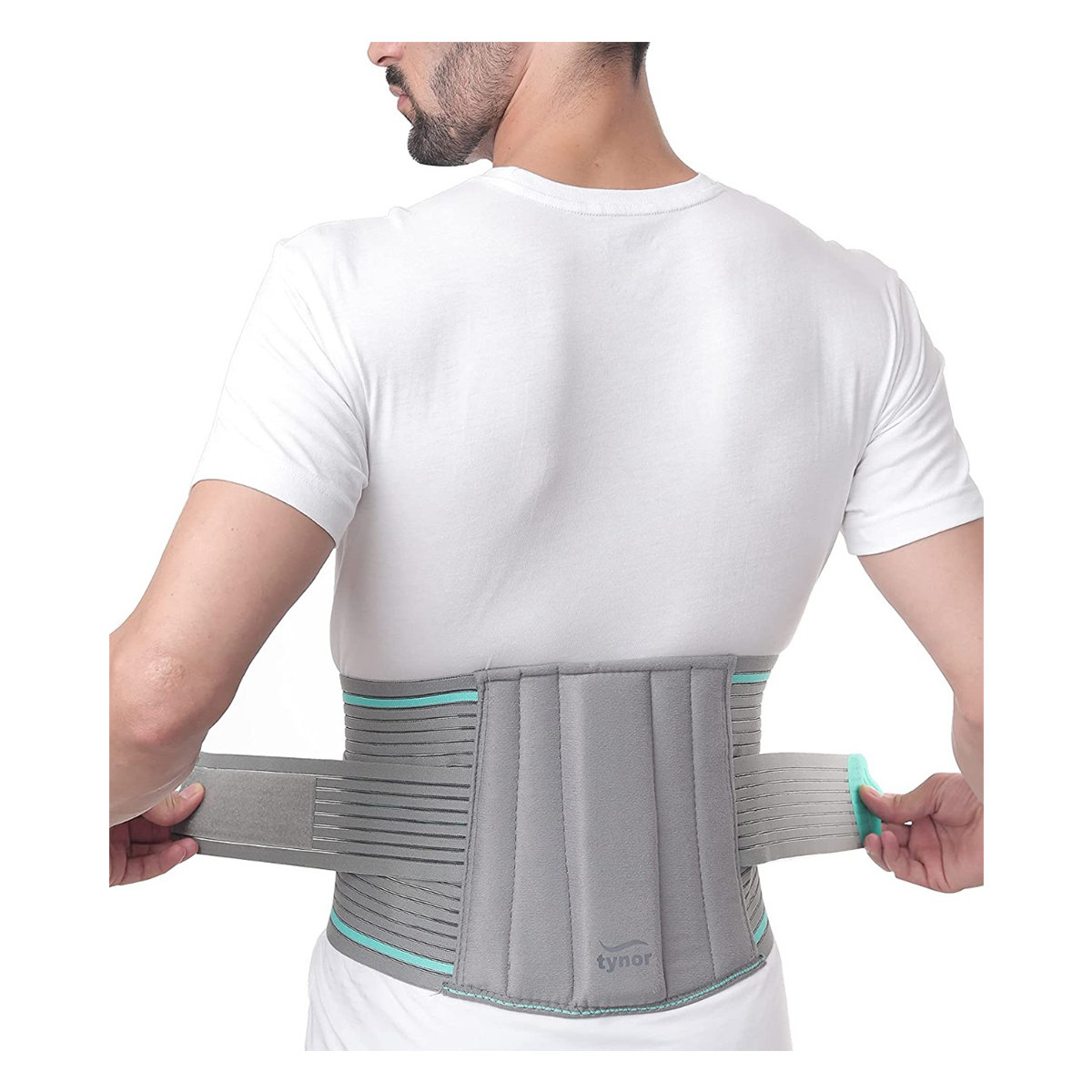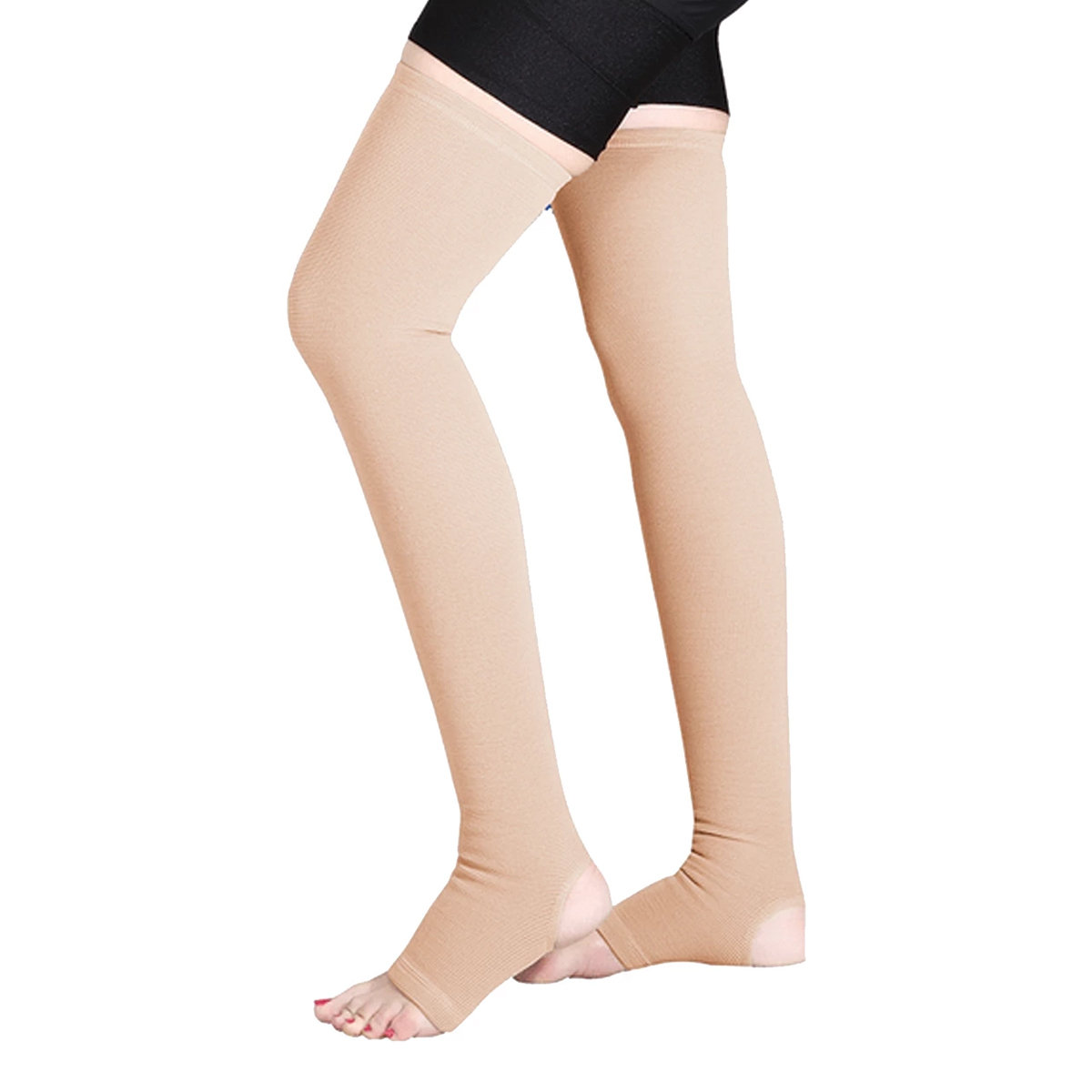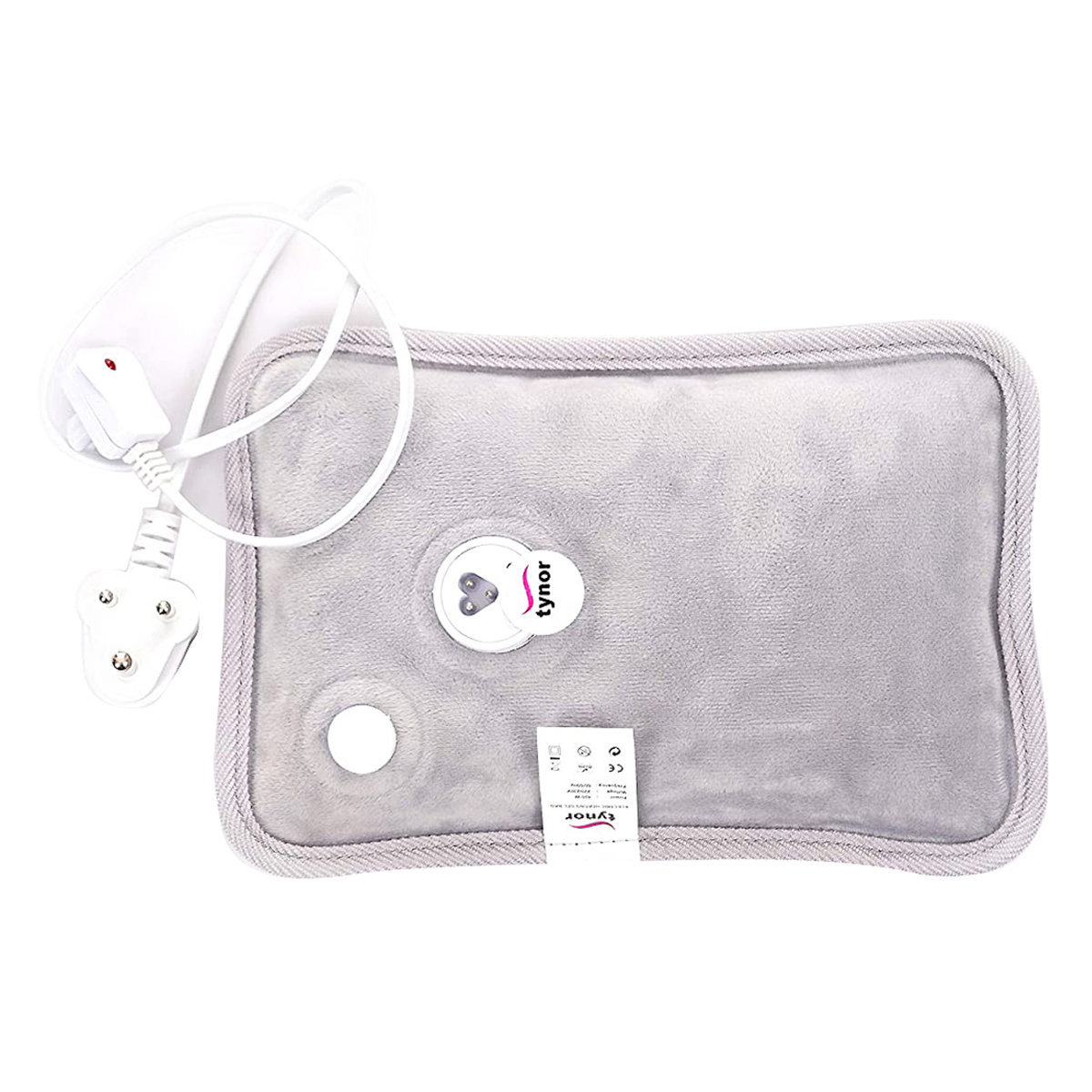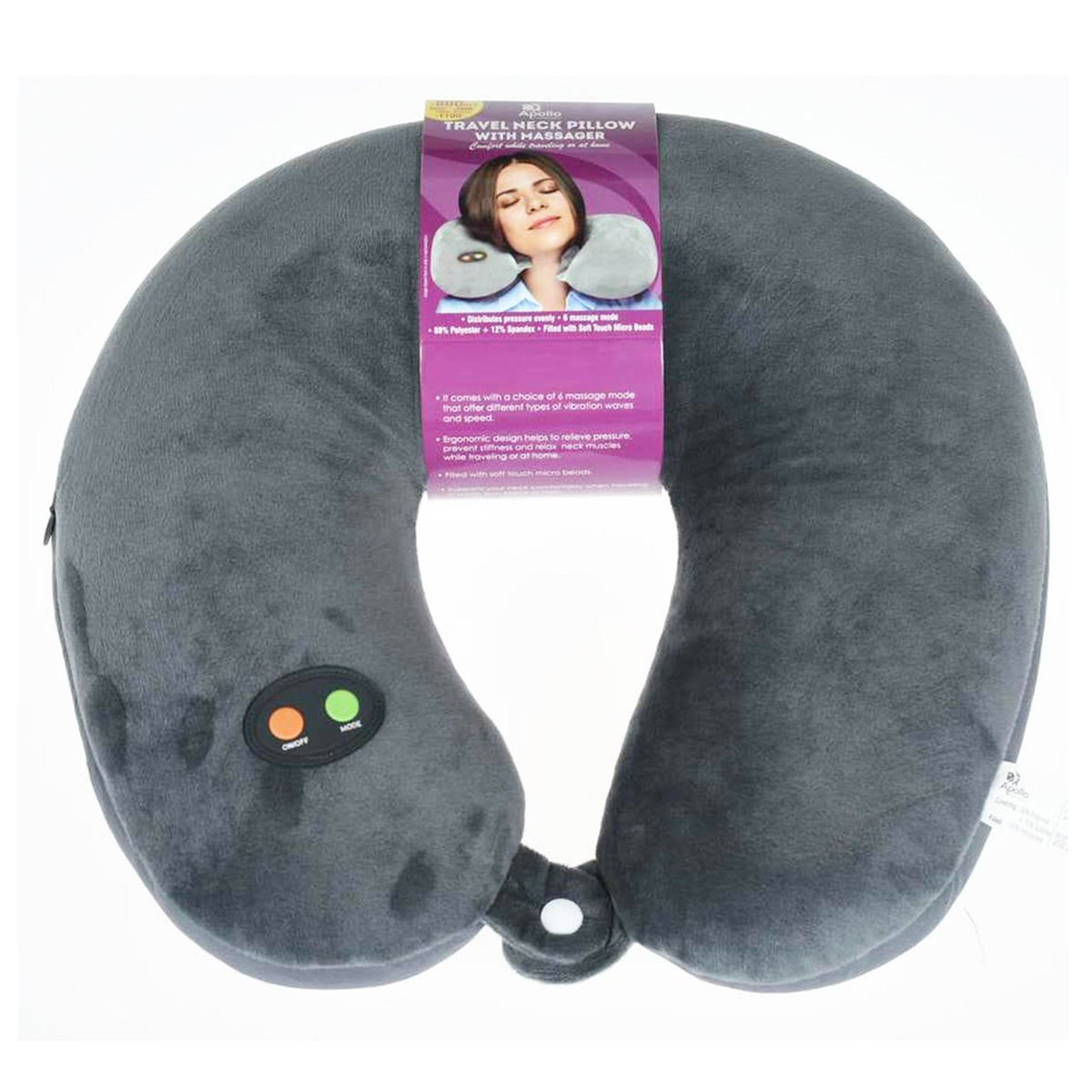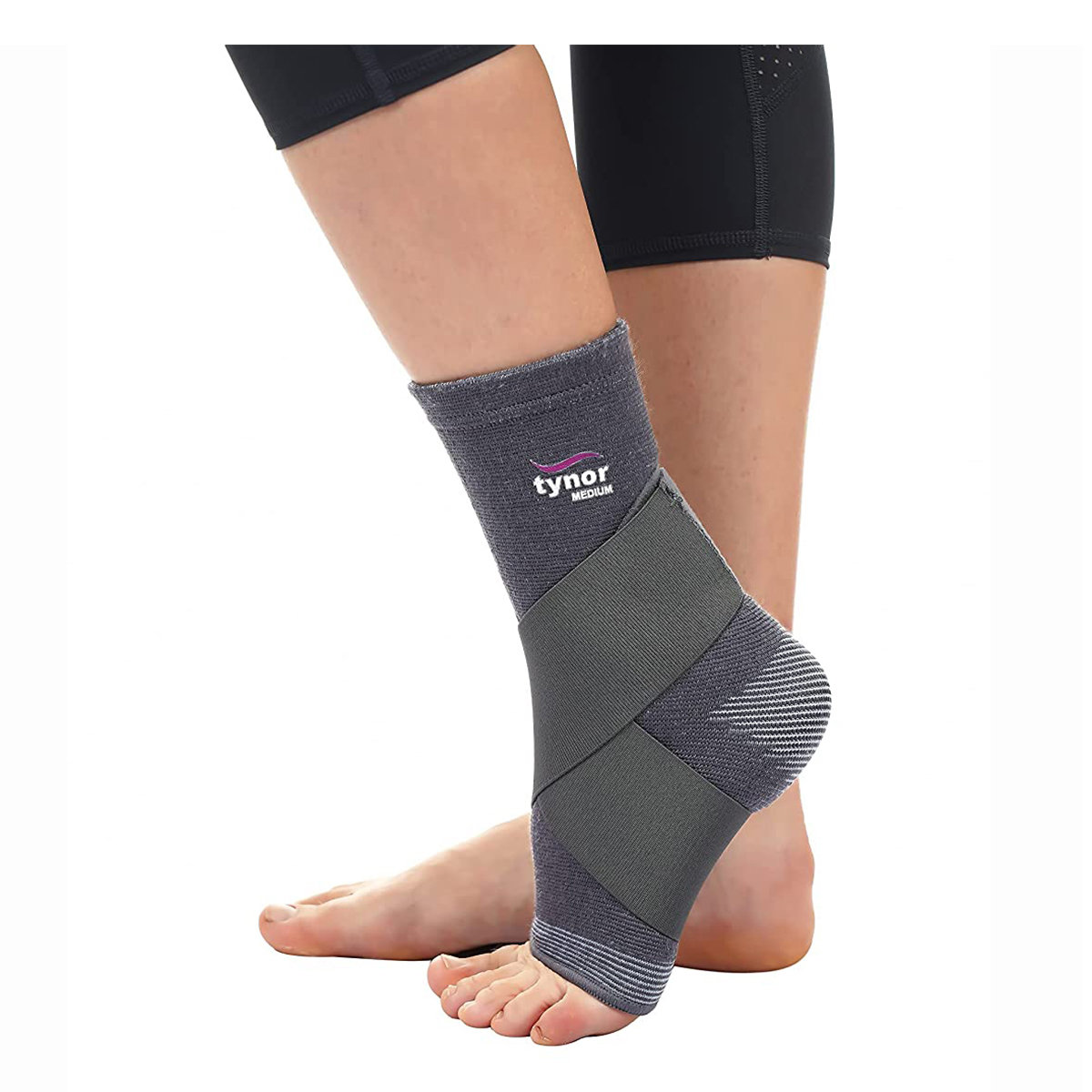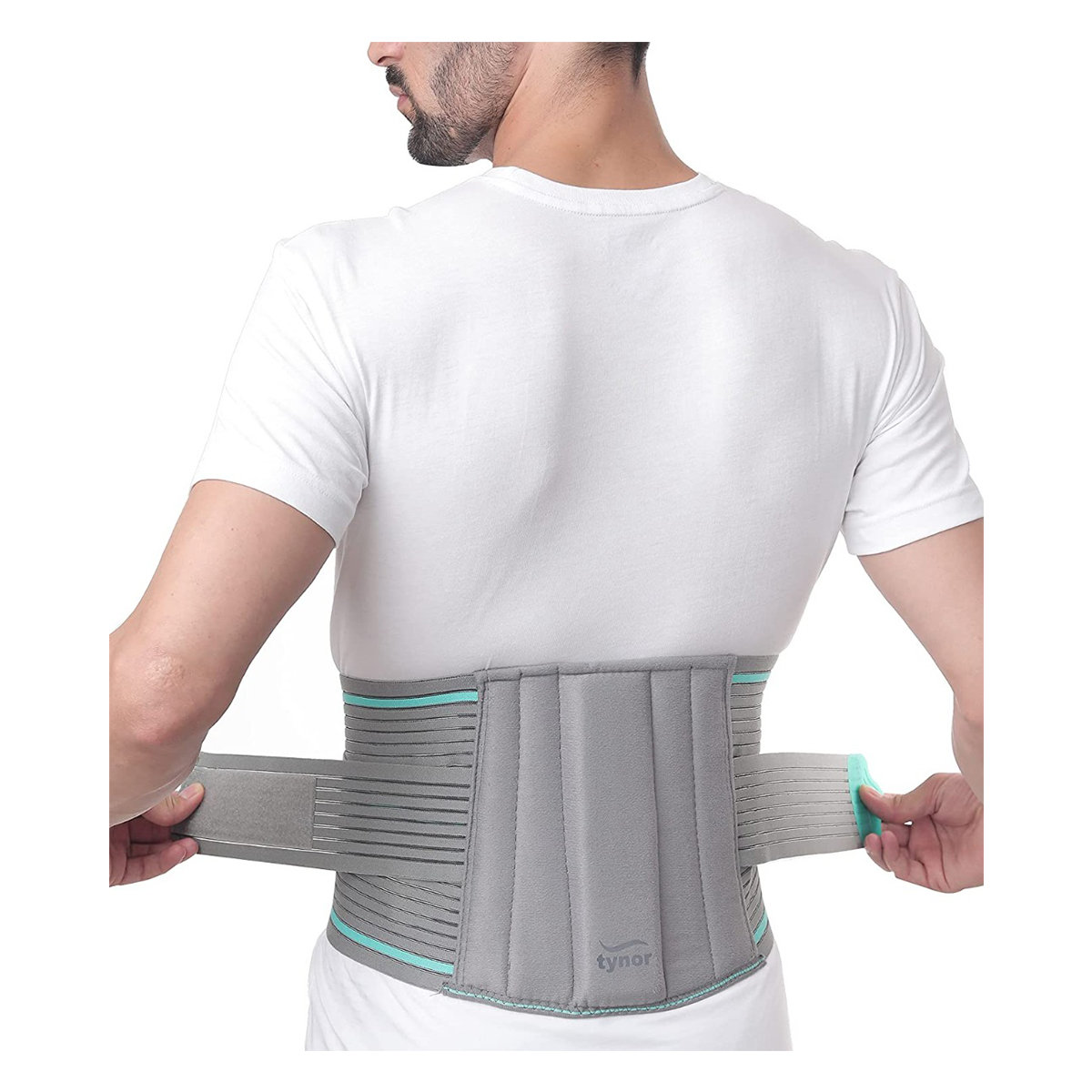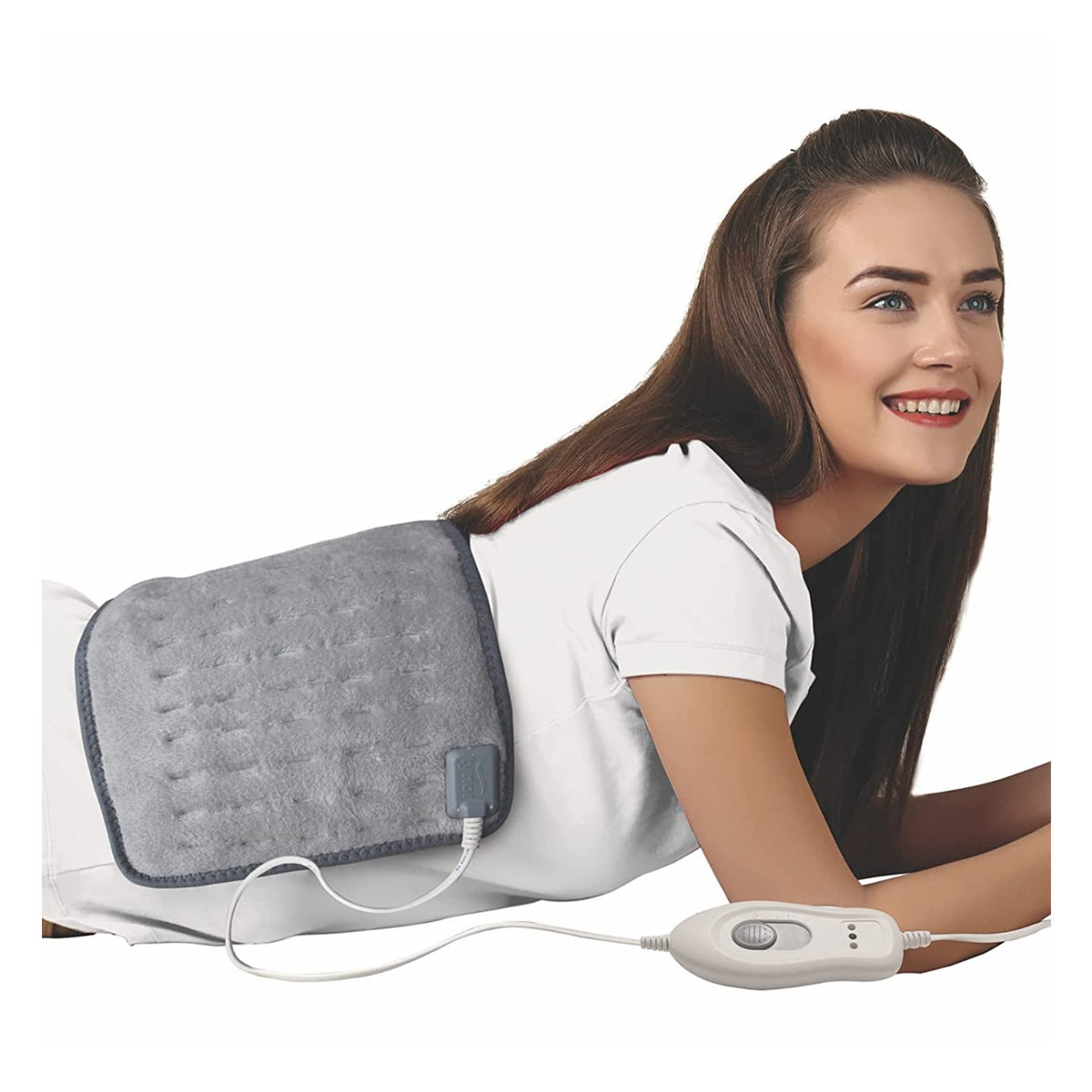- Home
- Health Devices
Supports & Splints
Supports & Splints
- Total Items (622)
heading test 1
Get the right supports and splints online
Bone and muscular injuries are unpredictable, but their solutions are not. Any injury to our joints and ligament requires some kind of support. These items stabilise the injured area and promote faster recovery.
There are two types of splints depending on the severity of your injury. Rigid splints are suitable for bone injury, while flexible splints are needed for muscle cramps and strain. While most splints are softer, supports for bone injury have a hard metal to keep the joint firm and stable.
Apollo Pharmacy has a variety of supports and splints for all types of joints and muscles. These orthopaedic devices secure the ligaments, tendons, bones, and sensitive tissues after an injury.
Unlike casts, these aids can’t be customised by the physician. Instead, the supports and splints have adjustable straps that can fit your body easily. Moreover, they are available in different sizes, keeping the needs of every individual in mind.
Benefits of supports and splints
Splints are commonly known as half-casts because they are adjustable. Here are some prominent applications for them:
- Heal minor or hairline fractures
- Help recover from significant muscle sprains
- Keep dislocated joints together
- Reduce the strain on joints and muscles
- Promote faster recovery for tendon ruptures
- Provide immediate relief for a significant injury or fracture
Supports and splints are also helpful in keeping the joint and muscle in a particular position at night. Apart from this, joints and ligament support also reduce the pain and swelling and prevent ligament injuries from getting worse due to other physical activities.
As much as supports and splints help you recover from injuries, you don’t have to wear them at all times. Most prominently, people put them on at night to avoid aggravating their injuries while sleeping. You can also wear them if you have joint disorders like arthritis and muscle pain.
How to wear supports and splints?
The compression mechanism used in these supports gradually puts your joint in place and allows you to continue your daily routine. However, these devices are helpful only if you wear them correctly.
Here is a step-by-step guide on how to wear splints:
- Clean the injured area and apply pain relieving ointment to enhance the effect of splints
- Undo the straps and wrap the device around the area
- Make sure that the injury is receiving an adequate amount of support and start fitting the straps
- Don’t tie the straps too tightly or loosely
Frequently asked questions
If you have a severe injury and your doctor has suggested that you wear the device throughout the day, you should do it. However, it is recommended to relax your injured area, apply the ointment, and remove the splints every 2 to 3 hours. This will not only promote natural healing of the joint but also allow you to retain your original muscle strength.
While most splints don’t cause any problem, long-time use can lead to some of the symptoms mentioned below:
- Sharp pain after removing the support
- Numbness or tingling in the injured area
- Relapse of fever repetitively
- Trouble in moving body part
- Discolouration of the area
Wearing a splint is easy, provided you follow the instructions and do it under the supervision of an expert. If not taken care of, you might face the following complications:
- Wrong fixation of bones that might increase the pain
- Major injuries that can damage your nerves or arteries
- Long-term use can lead to soreness in the skin
Conditions like gout and rheumatoid arthritis might distort joints like the knee and elbow. In such cases, it is crucial to maintain the typical structure of the joint alongside medication. Hence, joints and ligament support keep the structure intact and allow the user to move normally. These supportive devices reduce pain when you move the joint and make it easier for you to stay physically active.





















